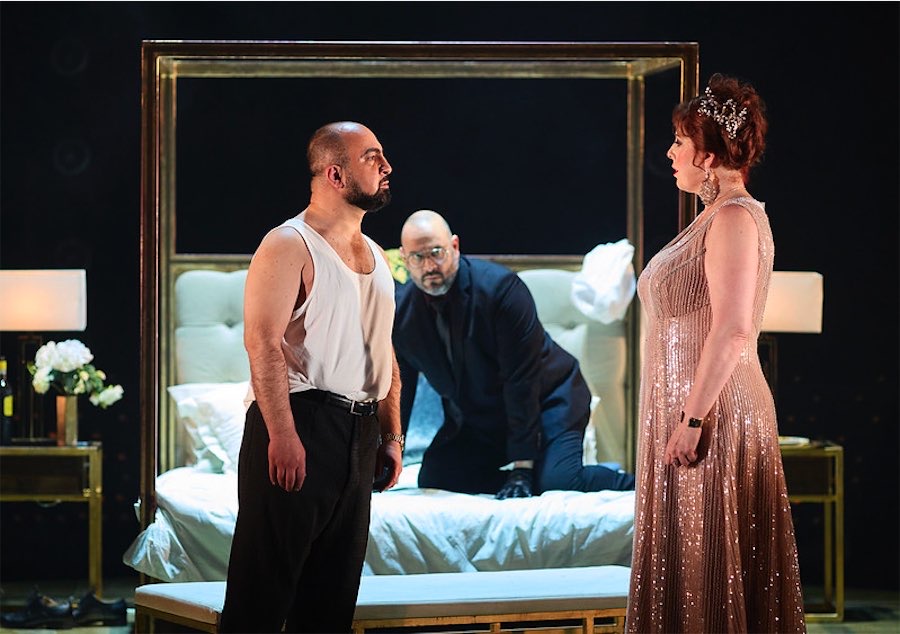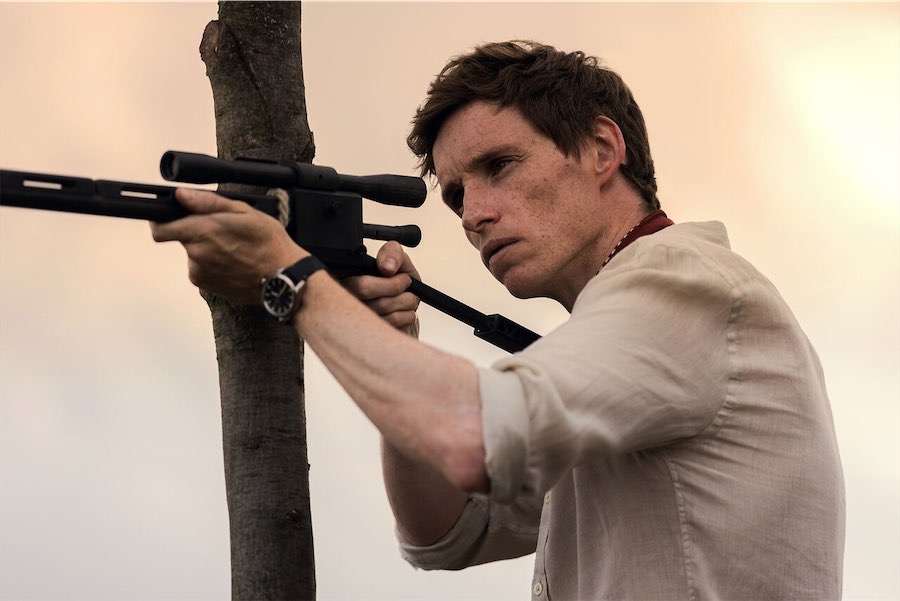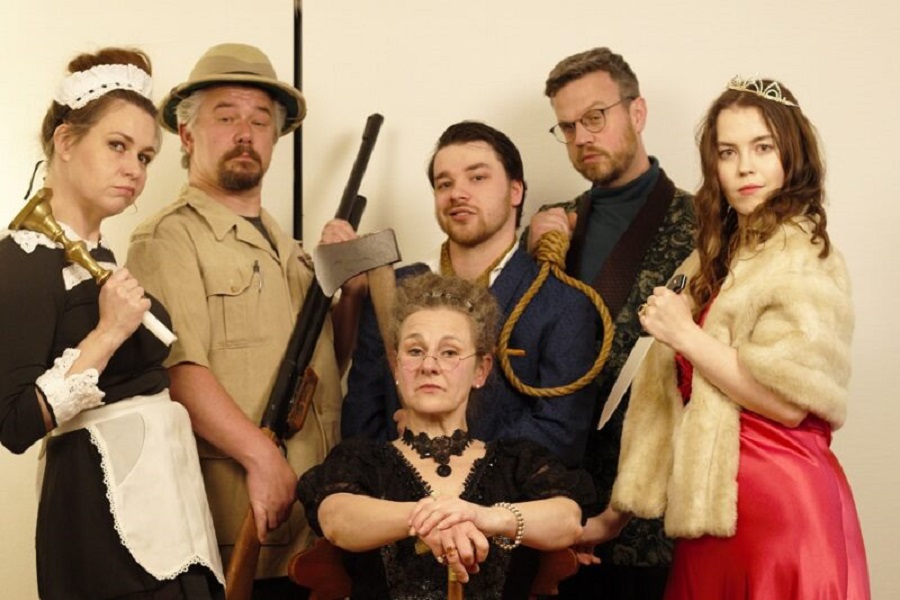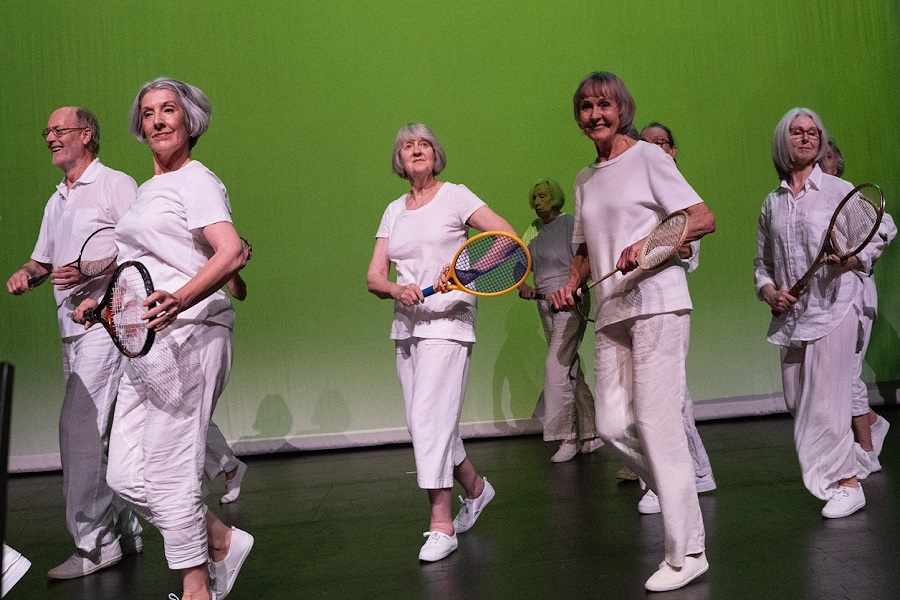
Opera / Tosca, Opera Australia. At Sydney Opera House until August 16. Reviewed by BILL STEPHENS.
Famously described by musicologist Joseph Kerman as a “shabby little shocker”, Giacomo Puccini’s Tosca is much more than that, although there are some moments in Edward Dick’s explicit staging when that description certainly feels rather apt.
Inspired by Victorien Sardou’s melodrama, Tosca tells the story of an opera singer of the same name, who finds herself besotted by a painter, Cavaradossi.
However, Cavaradossi finds himself in a spot of bother when he helps a political prisoner, Angelotti, escape the clutches of villainous police chief Scarpia.
Scarpia also has a thing for Tosca, so when Cavaradossi refuses to reveal the whereabouts of Angelotti, Scarpia has him thrown into jail, tortured and eventually killed so that he can have his way with Tosca. However, Tosca kills Scarpia and commits suicide.
This production, shared in collaboration with Opera North, is beautiful to look at although occasionally puzzling dramatically. But best of all it offers the opportunity to hear three exceptional singers in Irish soprano Giselle Allen, as Tosca; Korean tenor Young Woo Kim, as Cavaradossi and Armenian baritone Gevorg Hakobyan, as Scarpia, all three making their first appearances with Opera Australia.
The main feature of Tom Scutt’s abstract setting is a huge gilded dome on which is painted a Renaissance fresco. Initially suspended above a raised semi-circular stage it is repositioned for the other acts. Behind the raised stage racks of votive candles are lit by an altar boy at various points. Behind these are banks of sometimes blinding spotlights.
For the opening scene, set in a church, this works beautifully, with Cavaradossi painting a missing section of the dome featuring the eyes of Mary Magdalene. But in the second act with that section in place and the dome repositioned, given the political references scattered throughout the opera, it’s difficult not to be distracted by wondering about the significance of having Scarpia’s bedroom set in the middle of a church.
Also, although Fotini Dimou’s costumes appear to suggest the fashions of the ’40s, why does Scarpia listen to opera on his laptop while waiting for Tosca to arrive, and his henchmen communicate on mobile phones?
Ambiguities apart, there is much to admire in this production. At the top of the list, Giselle Allen’s remarkable Tosca. No shrinking violet, this lady. Her stunning vocal attack and powerful voice were immediately arresting. Every inch the diva in the first act, flirtatious and manipulative, she exhibits hints of steel as she insists that Cavaradossi change the colour of Mary Magdalene’s eyes in his painting.
Then in the second act in survival mode, she’s remarkably athletic when resisting Scarpia’s lascivious advances, toppling over furniture, crashing to the floor, even commencing her vissi d’arte lying exhausted on the floor; finally in the last act actually falling to her death, to deprive her captors of the satisfaction of killing her. Hers is a memorable tour de force performance.
Supporting this performance, Young Woo Kim as Cavaradossi, blessed with a striking steely tenor and confident stage presence, immediately commands attention; while Gevorg Hakobyan seems born to play the evil Scarpia, revelling in flaunting his power over his unfortunate victims.
Surrounding this formidable trio, Benjamin Rasheed and Luke Gabbedy offered chilling characterisations as Scarpia’s creepy henchmen, Spoletta and Sciarrone, while David Parkin made the most of his opportunities as the doomed Angelotti and Andrew Moran delighted with his cameo performance as the grumpy Sacristan.
Responding to Johannes Fritzsch’s masterful baton, the Opera Australia Orchestra thrilled with its rendition of Puccini’s dramatic score, particularly in the first act when it was joined by the Opera Australia Chorus and Children’s Chorus.
For anyone open to a challenging new approach to a favourite opera, Edward Dick’s imaginative staging should not be missed.
Who can be trusted?
In a world of spin and confusion, there’s never been a more important time to support independent journalism in Canberra.
If you trust our work online and want to enforce the power of independent voices, I invite you to make a small contribution.
Every dollar of support is invested back into our journalism to help keep citynews.com.au strong and free.
Thank you,
Ian Meikle, editor




Leave a Reply